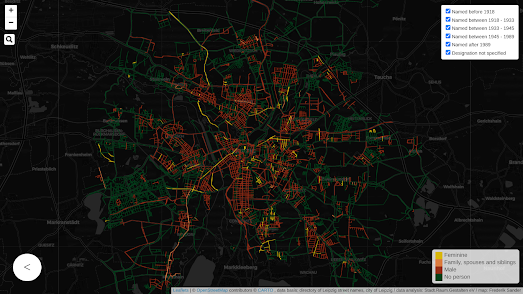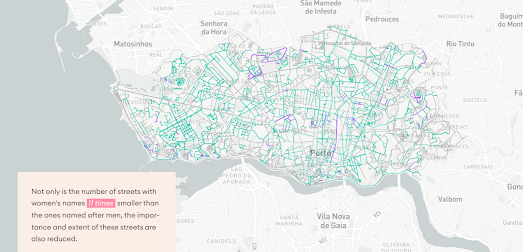Сообщения
Сообщения за январь, 2023
Iceland's Shrinking Glaciers
- Получить ссылку
- X
- Электронная почта
- Другие приложения
The Distribution of Surnames
- Получить ссылку
- X
- Электронная почта
- Другие приложения
The 2023 Czech Presidential Election Maps
- Получить ссылку
- X
- Электронная почта
- Другие приложения
Natural Gas Flaring Map
- Получить ссылку
- X
- Электронная почта
- Другие приложения
Asteroid Watch
- Получить ссылку
- X
- Электронная почта
- Другие приложения
The Global Contrail Map
- Получить ссылку
- X
- Электронная почта
- Другие приложения
Mapping the Ocean Deep
- Получить ссылку
- X
- Электронная почта
- Другие приложения
The Open Etymology Map(s)
- Получить ссылку
- X
- Электронная почта
- Другие приложения
Forever Chemicals in Freshwater Fish
- Получить ссылку
- X
- Электронная почта
- Другие приложения
Mapping the Snow, Wind & Rain
- Получить ссылку
- X
- Электронная почта
- Другие приложения
Explore Your Neighborhood Profile
- Получить ссылку
- X
- Электронная почта
- Другие приложения
Build a Wind Turbine in Your Garden
- Получить ссылку
- X
- Электронная почта
- Другие приложения
Californian Coastal Erosion
- Получить ссылку
- X
- Электронная почта
- Другие приложения
A Dialect Map of England
- Получить ссылку
- X
- Электронная почта
- Другие приложения
The Gendered Streets of Leipzig
- Получить ссылку
- X
- Электронная почта
- Другие приложения
Earthquakes with Depth
- Получить ссылку
- X
- Электронная почта
- Другие приложения
Beyond Snowfall
- Получить ссылку
- X
- Электронная почта
- Другие приложения
The Campaign for More Winter Sun
- Получить ссылку
- X
- Электронная почта
- Другие приложения
All the Maps at Once
- Получить ссылку
- X
- Электронная почта
- Другие приложения
The Gendered Streets of Porto
- Получить ссылку
- X
- Электронная почта
- Другие приложения
The Cost of Locking Up Americans
- Получить ссылку
- X
- Электронная почта
- Другие приложения
Weather Whiplash Animated Map
- Получить ссылку
- X
- Электронная почта
- Другие приложения
The Land of Generation X
- Получить ссылку
- X
- Электронная почта
- Другие приложения
Mapping Police Killings
- Получить ссылку
- X
- Электронная почта
- Другие приложения
SatellitExplorer
- Получить ссылку
- X
- Электронная почта
- Другие приложения
























